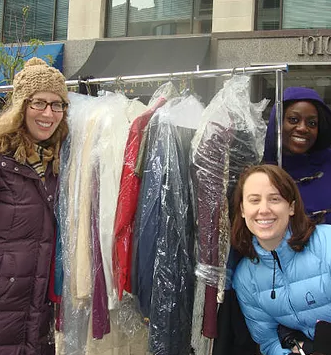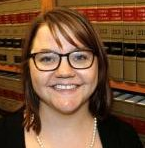
My work at JCADA allows me to combine my passion for helping survivors with a faith-based sensitivity and perspective. JCADA is terrific at helping survivors regardless of race, national origin, ability, background, faith, gender or sexual orientation while also providing a religious and cultural sensitivity that, I believe, makes us unique.
I admire Supreme Court Justice Sonia Sotomayor. She said,”I am passionate about the law because many people forget what lawyering is about. It’s about helping people.” I keep this quote on my desk as a reminder of why I decided to become an attorney and what my motivations are at work on a daily basis.
Recently, JCADA started Family Law seminars, where an attorney is available to come in and share basic information with clients about different family law topics, such as the basics of filing for divorce or child custody factors. This is a great opportunity for clients to learn more, in a safe space, about what they might expect, but also for clients to learn from one another and receive some informal emotional support. I’m very excited to continue this series at JCADA and, eventually, branch out into the myriad of topics affecting our clients, including tax issues, enforcement of court orders, and wills and estate planning.
Working with victims of domestic violence can be quite demanding, and having friends, family and pets at the end of the day can be refreshing. I advise people that want to do this work to maintain a solid, intentional work-life balance. I also advise people to celebrate their successes with clients, because it helps to identify any silver linings that can be found.
I love any success a client achieves, and I define success however a client does. When a client chooses to divorce an abuser and completes that process, it’s typically treated as a success. When a client is able to co-parent with an abuser or enforce their child custody arrangement, that is a success.
One of my favorites is something a highlighted on the JCADA blog last summer, where we were able to help a client in a myriad of ways:helping her write her victim impact statement, court accompaniment, crime victim’s compensation reimbursement, retaking classes missed due to court without penalty, and moving to a safer location. I loved thinking creatively of ways to help this client and watching her become more empowered through the process.
Elle Woods said in her commencement speech at the end of Legally Blonde, “passion is a key ingredient to the study and practice of law — and of life. It is with passion, courage of conviction, and strong sense of self that we take our next steps into the world.” I try to live by these mottos in my interactions with clients.

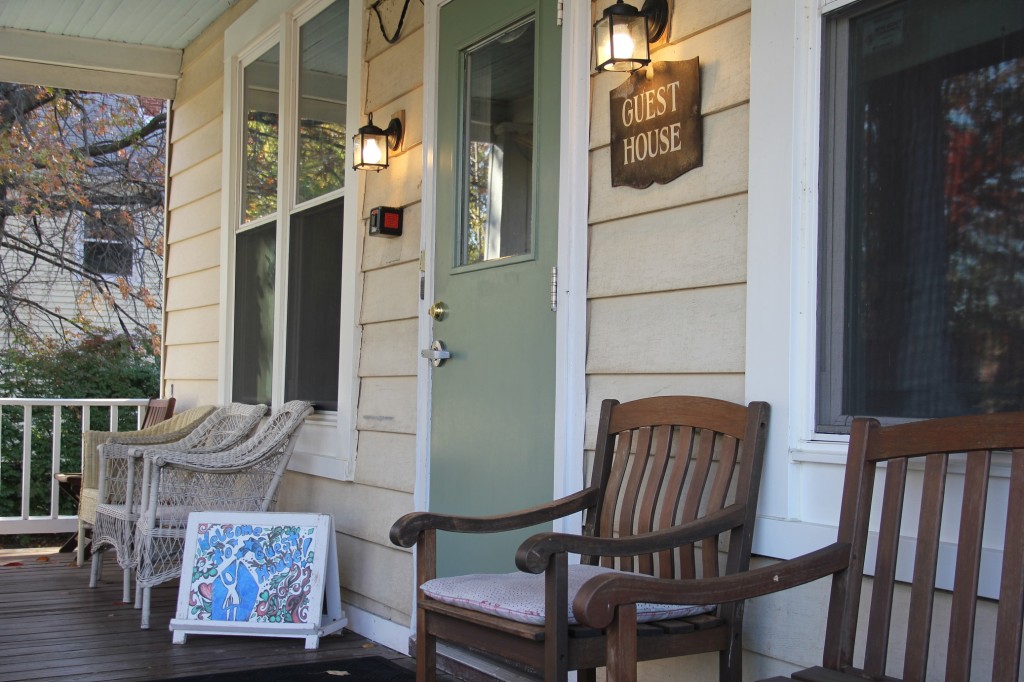
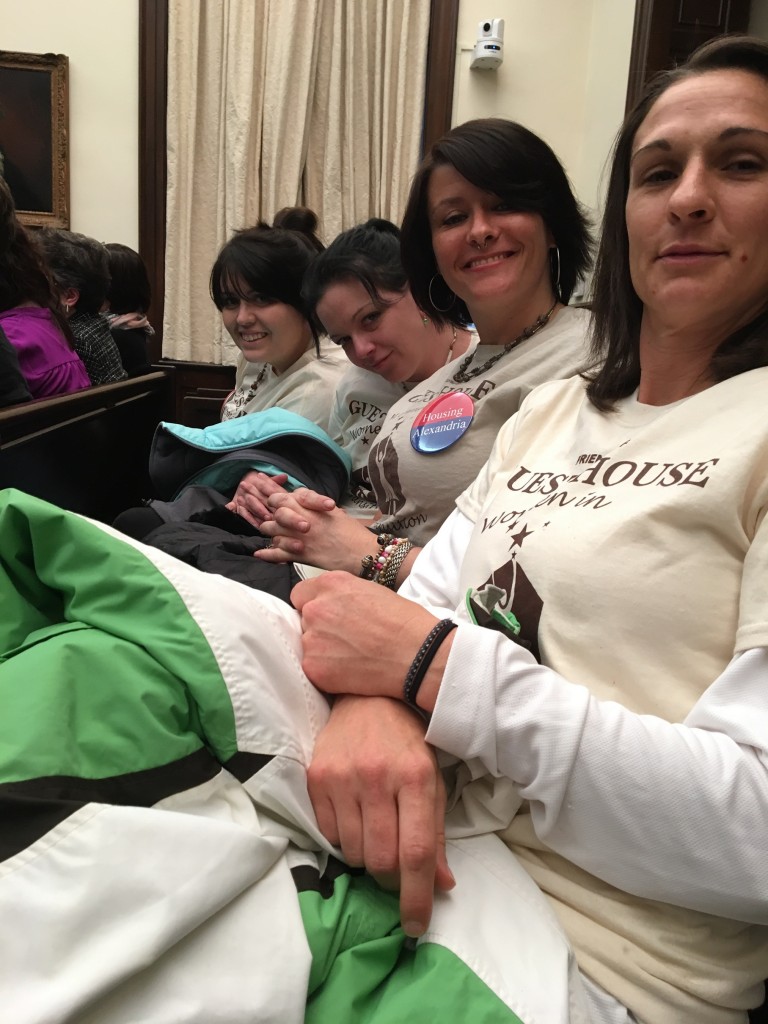 Our Executive Director, Kari Galloway, works tirelessly to ensure that the organization offers full support to the women we serve. She recently reached her 12-year anniversary with Friends of Guest House. Without her, the program would not be as strong and successful as it currently is. She inspires the staff to work hard and, more importantly, she inspires the women to succeed. Not only does she provide the encouragement and support to each client but she holds them accountable for their actions and offers the constructive criticism they need.
Our Executive Director, Kari Galloway, works tirelessly to ensure that the organization offers full support to the women we serve. She recently reached her 12-year anniversary with Friends of Guest House. Without her, the program would not be as strong and successful as it currently is. She inspires the staff to work hard and, more importantly, she inspires the women to succeed. Not only does she provide the encouragement and support to each client but she holds them accountable for their actions and offers the constructive criticism they need.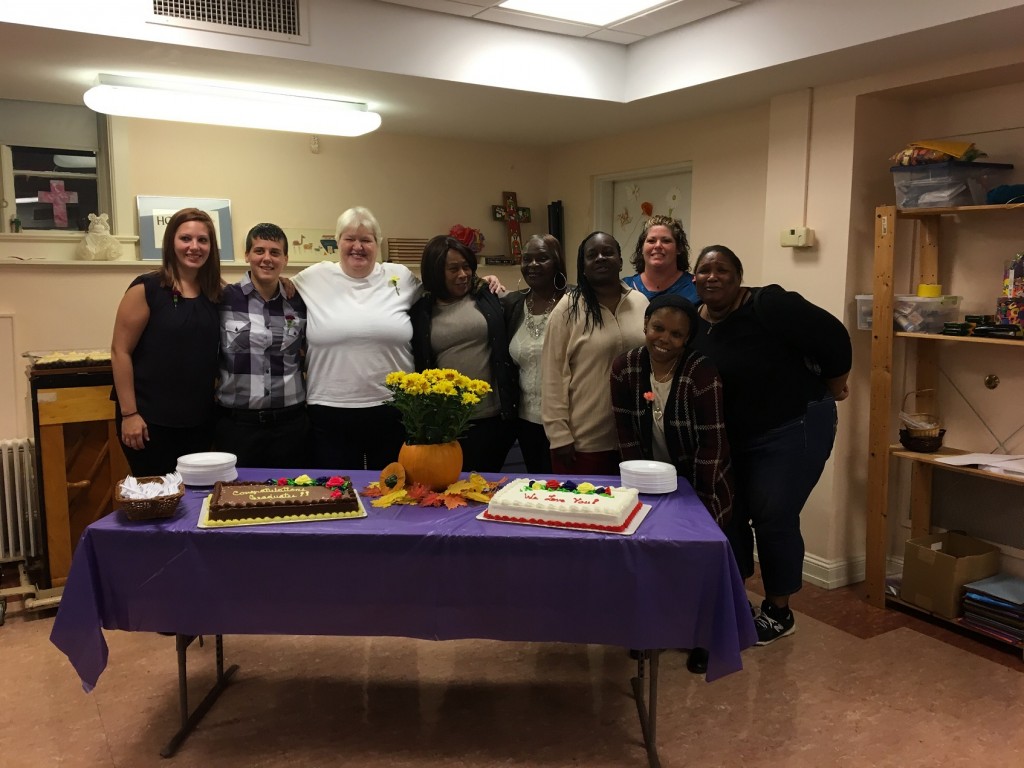
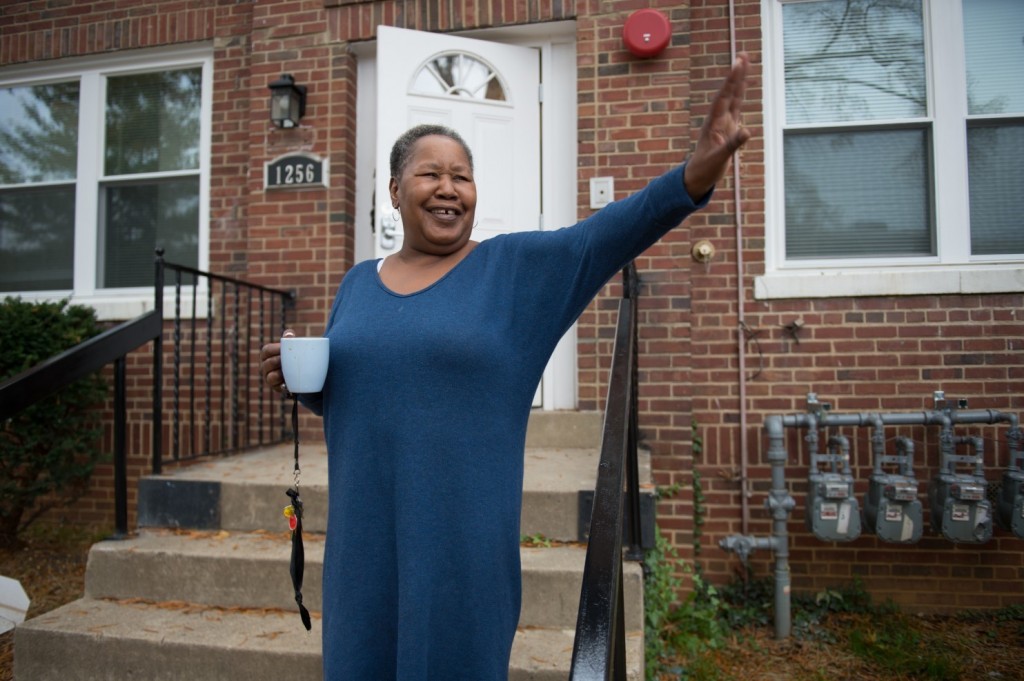 Janet Starke waves to a passing neighbor outside of her new home in N.E. D.C. With support from Open Arms Housing, women like Janet, who were previously homeless, have moved into permanent homes with a welcoming and supportive environment.(Photo credit: Kate Patterson/For The Washington Post)
Janet Starke waves to a passing neighbor outside of her new home in N.E. D.C. With support from Open Arms Housing, women like Janet, who were previously homeless, have moved into permanent homes with a welcoming and supportive environment.(Photo credit: Kate Patterson/For The Washington Post)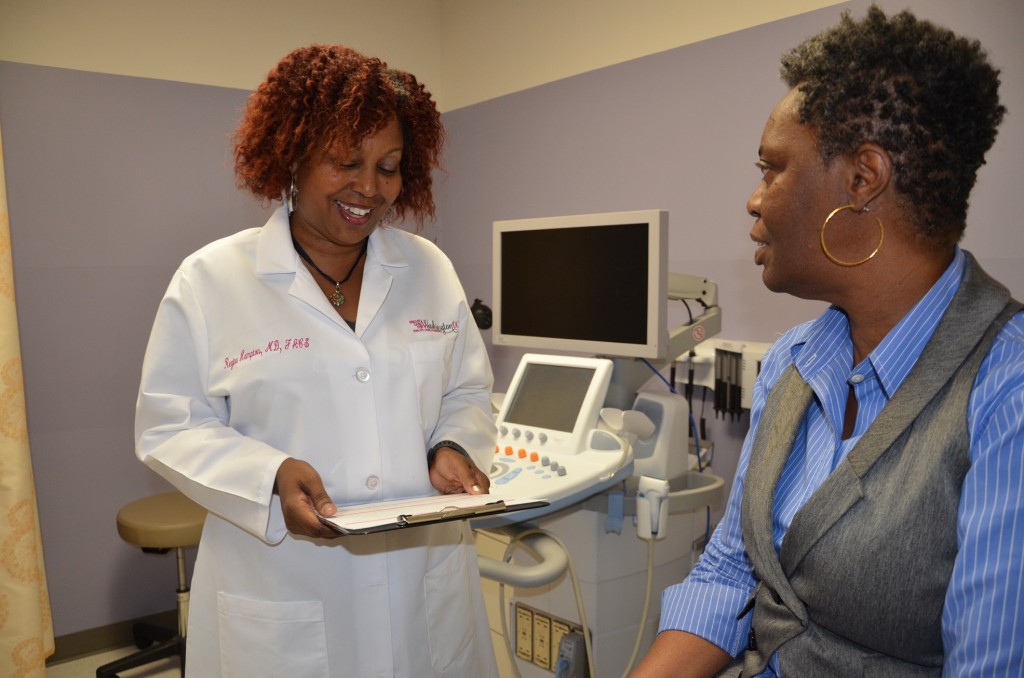
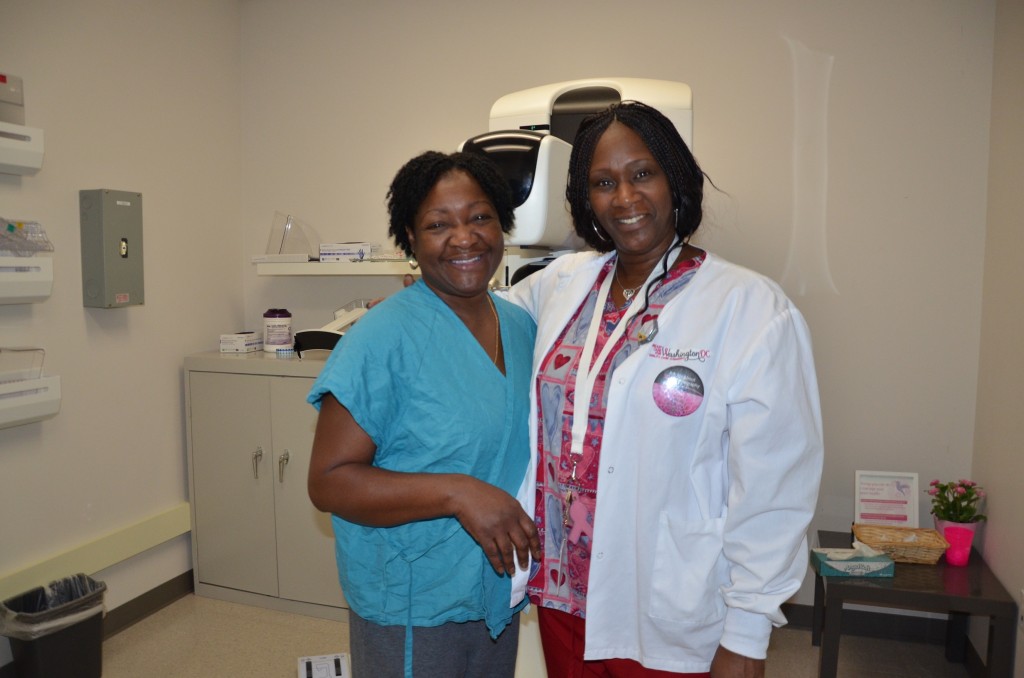

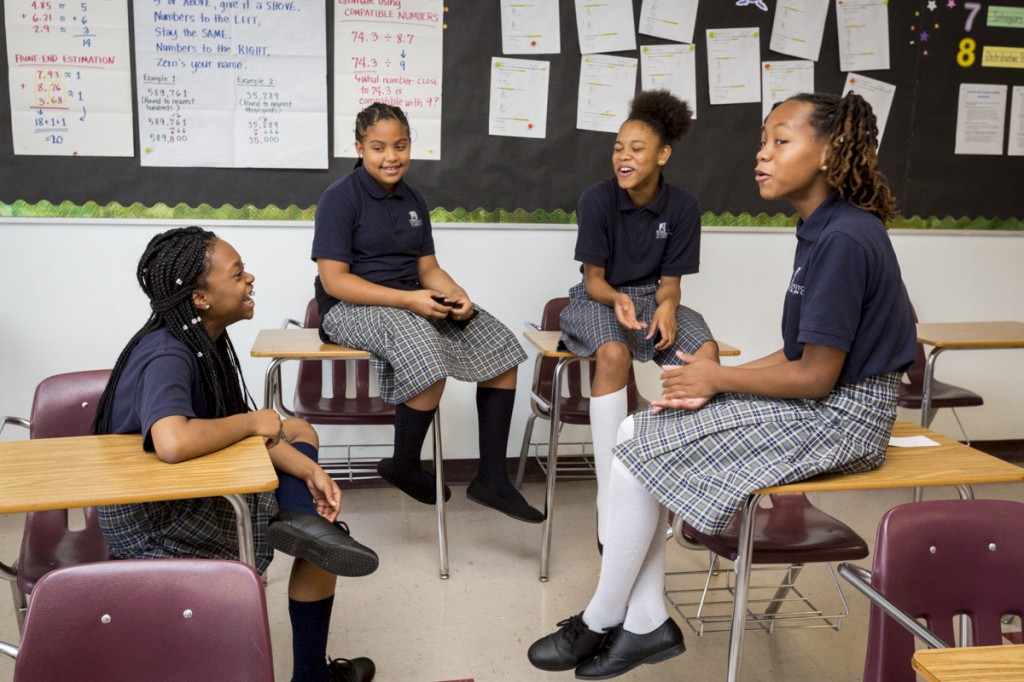
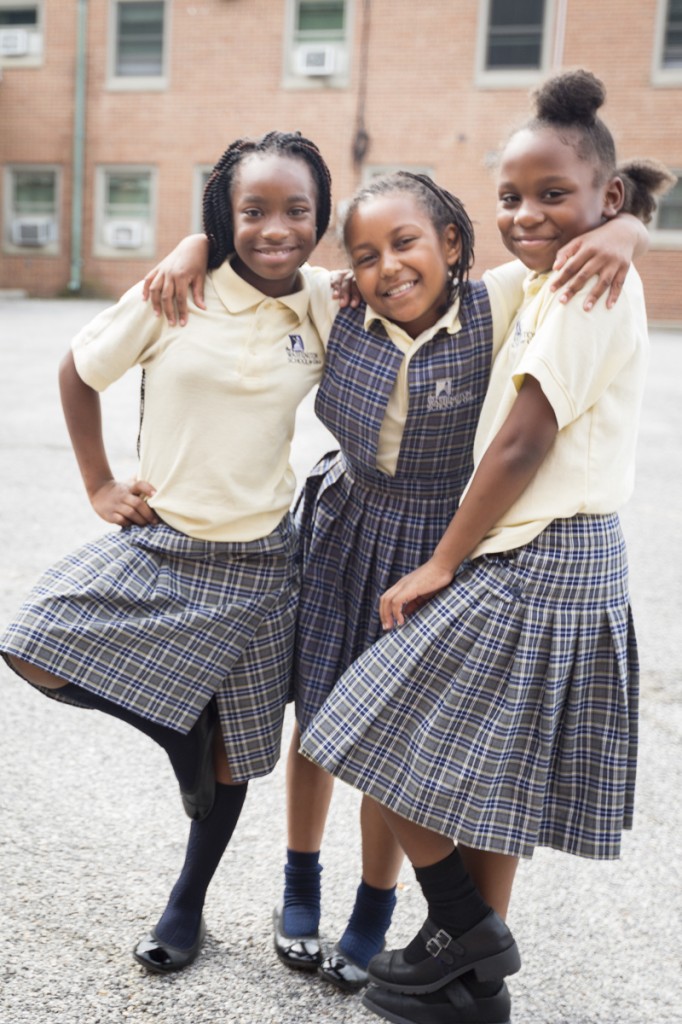
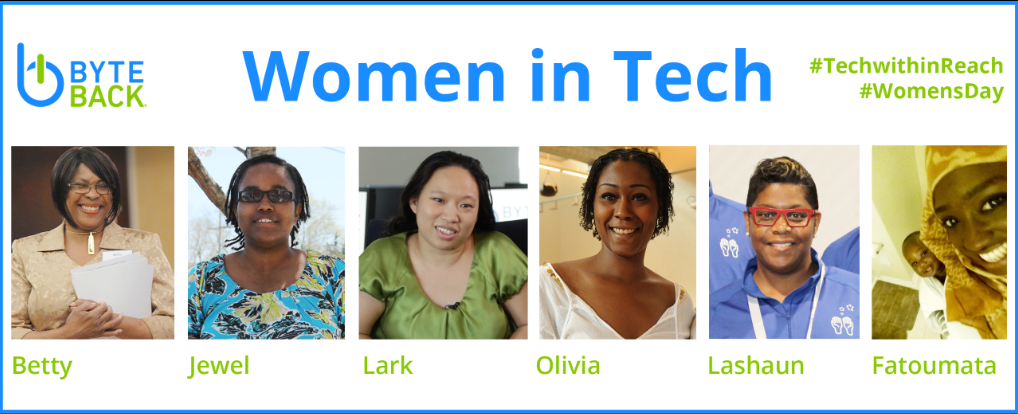 Women make up only 25 percent of the computing workforce in the United States. For women of color, this drops drastically, with just 3 percent of the workforce made up of African American women and 1 percent Latina women.
Women make up only 25 percent of the computing workforce in the United States. For women of color, this drops drastically, with just 3 percent of the workforce made up of African American women and 1 percent Latina women.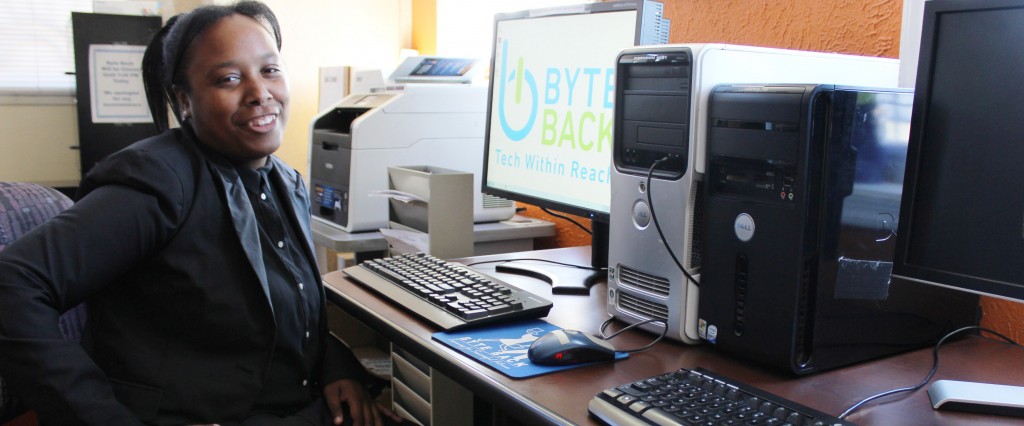 It doesn’t have to be expensive, or complicated. So much can be solved by teaching women how to use technology. With a small investment in women’s lives, we can have a huge impact on social change.
It doesn’t have to be expensive, or complicated. So much can be solved by teaching women how to use technology. With a small investment in women’s lives, we can have a huge impact on social change.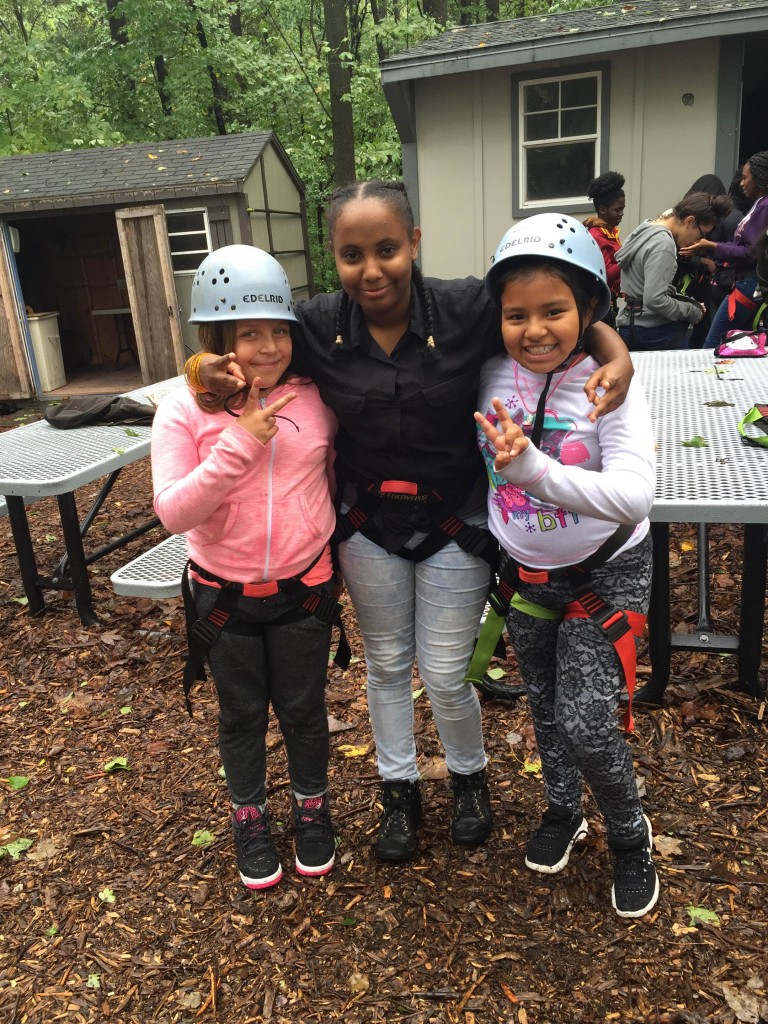
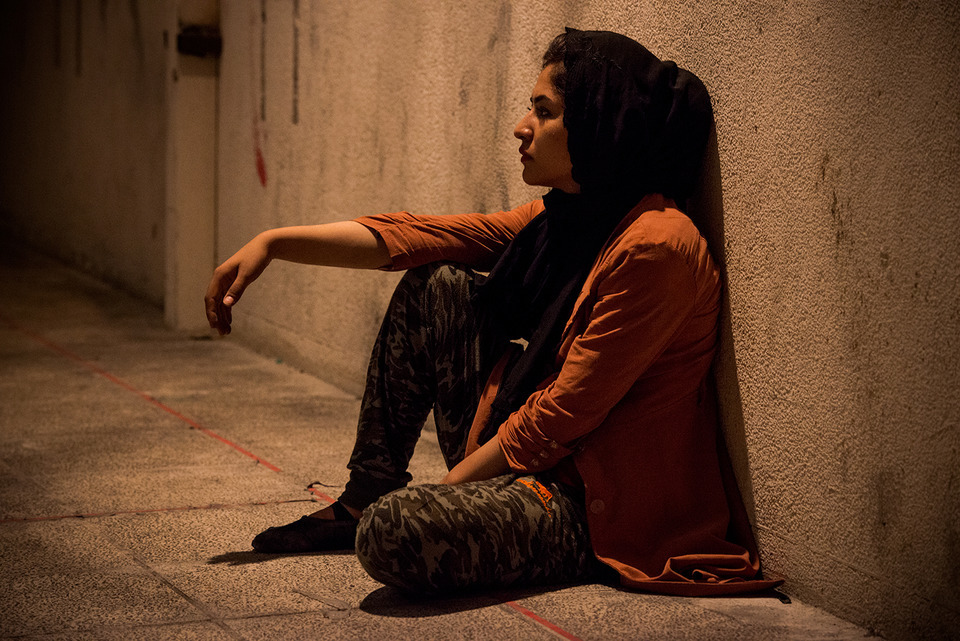
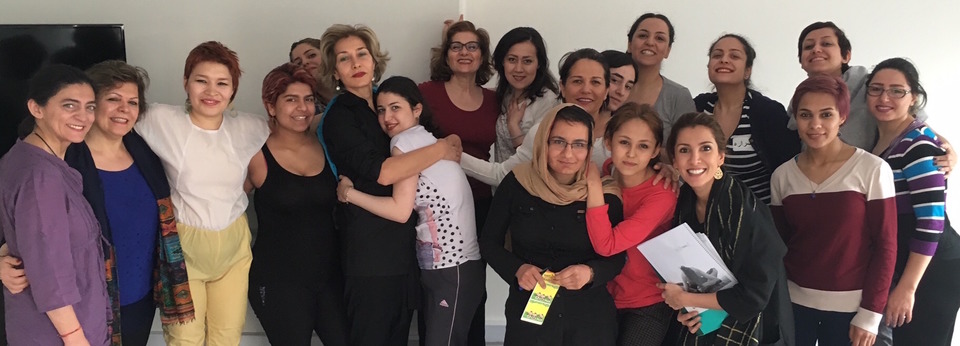
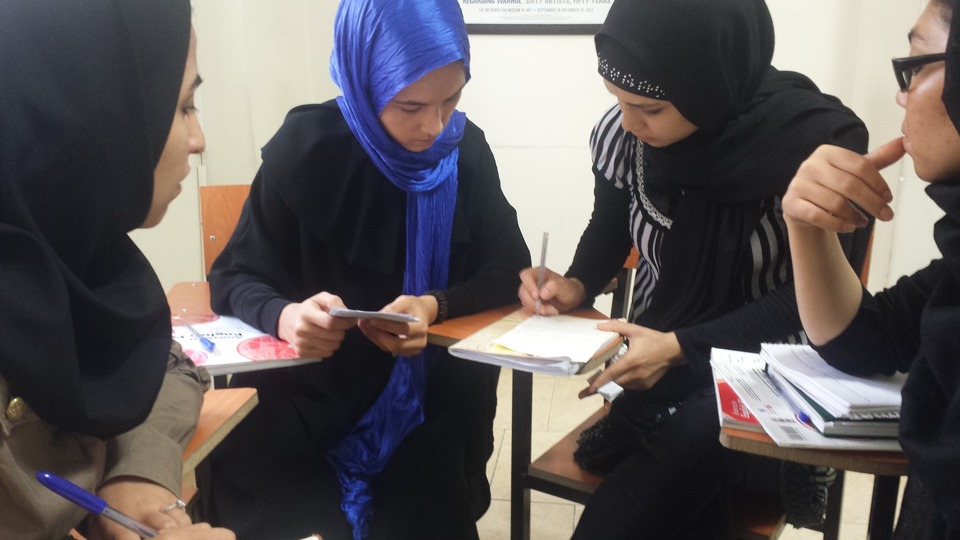
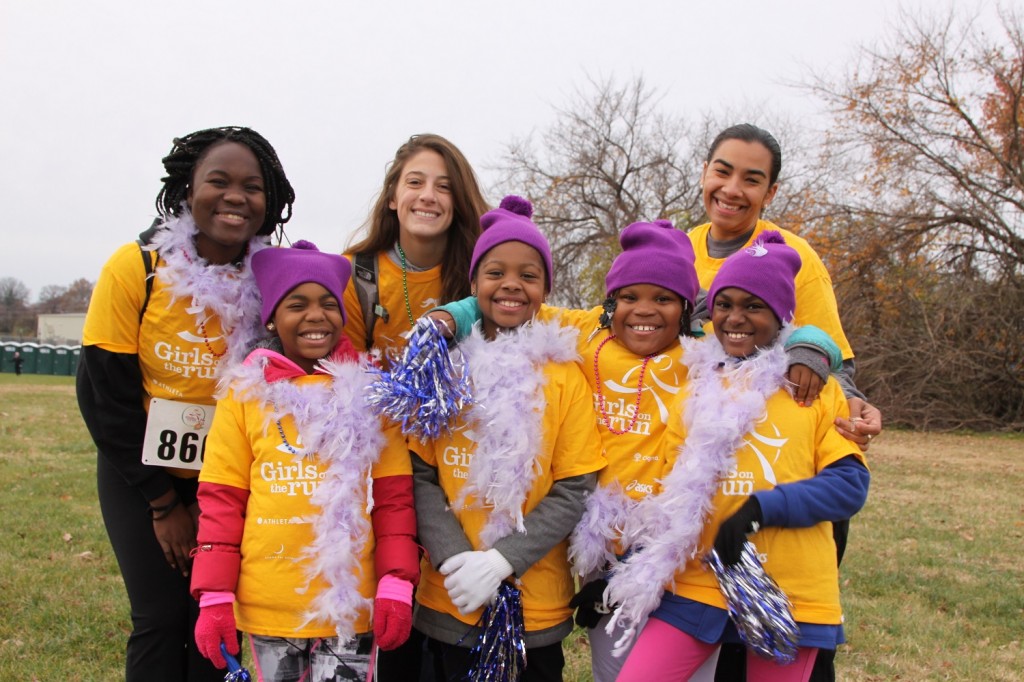
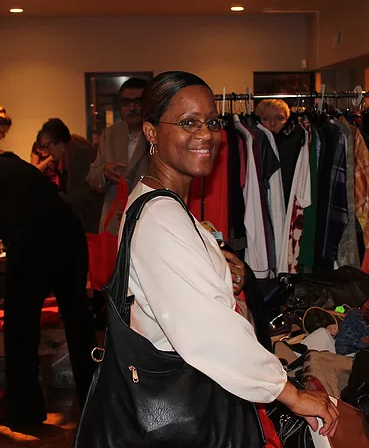 At
At 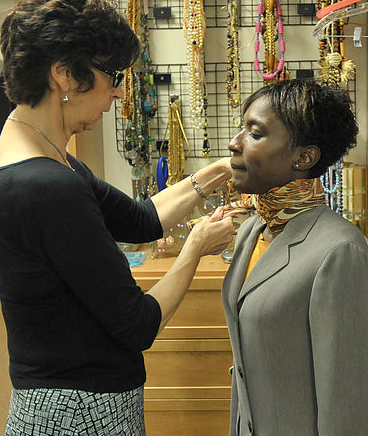 A few weeks ago, I had the great pleasure of helping “suit” a group of women who were completing the culinary training program at DC Central Kitchen. They were about to graduate from the program and came to Suited for Change for interview clothing. I was lucky to attend their graduation breakfast and hear their stories and their extraordinary journeys. One of the women who had been through the suiting program had never held a job. She was a single parent and shy. She emerged from the boutique beautifully dressed in a black suit with a white silk blouse and pearls. At the graduation, I was delighted to learn that she had been hired at the Ritz Carlton as a pastry chef. This is just one story of many each day.
A few weeks ago, I had the great pleasure of helping “suit” a group of women who were completing the culinary training program at DC Central Kitchen. They were about to graduate from the program and came to Suited for Change for interview clothing. I was lucky to attend their graduation breakfast and hear their stories and their extraordinary journeys. One of the women who had been through the suiting program had never held a job. She was a single parent and shy. She emerged from the boutique beautifully dressed in a black suit with a white silk blouse and pearls. At the graduation, I was delighted to learn that she had been hired at the Ritz Carlton as a pastry chef. This is just one story of many each day.